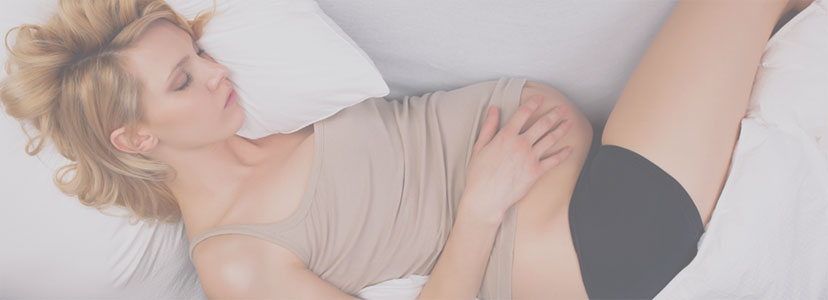Atrophic Vaginitis - Treatment & Symptoms
Atrophic vaginitis is an inflammation, shrinkage, irritation, and dryness of the women's due to thinning and shrinking tissues and decreased lubrication of the walls when there is a significant decrease in levels of the female hormone estrogen. It is caused by a lack of estrogen. Common conditions with low estrogen levels that cause atrophy include:
- Menopause, when normal, age-related body changes cause the ovaries to decrease their production of estrogen
- Breastfeeding
- Surgical removal of the ovaries before the age of natural menopause, which can be done at the same time as a hysterectomy (removal of the uterus)
- Treatment with medications used to decrease estrogen levels in women who have conditions such as uterine fibroids or endometriosis
- Premature menopause, which occurs before age 40, a younger age than is considered normal for the average woman.
Symptoms of Atrophic Vaginitis
The symptoms of atrophic vaginitis are:
Causes of Atrophic Vaginitis
There are many causes of atrophic-vaginitis, some causes are :
- Atrophic vaginitis may predispose a woman to having infections caused by bacteria or fungi (yeast). However, usually there is not a specific infection. Instead, there is a localized skin reaction to the normal bacteria found there.
- The condition can cause open sores or cracks in the wall.
- Atrophic vaginitis is typically caused by a decrease in estrogen, as normally occurs after menopause .
- The disorder may occur in younger women who have had surgery to remove their ovaries.
- Some women experience it immediately after childbirth or while breastfeeding, since estrogen levels are lower at these times.
Treatment of Atrophic Vaginitis
Alternatively, oral or transdermal estrogen replacement therapy may be initiated. Usually, this is effective in overcoming the problem. Women may want to discuss the risks and benefits of oral estrogen replacement therapy with their physicians. Treatment may include any of the following:
- Use a detergent free of dyes, enzymes, and perfumes on any clothing that comes in contact with your vulva such as: underwear, exercise clothes, towels, or pajama bottoms.
- Do not use fabric softener in the washer or dryer on these articles of clothing.
- Stain Removing Products Soak and rinse in clear water all underwear and towels on which you have used a stain removing product.
- Avoid bath soaps, lotions, gels, etc. which contain perfumes.
- Avoid all bubble baths, bath salts and scented oils.
- Do not scrub vulvar skin with a washcloth.
- Pat dry rather than rubbing with a towel or Use a hairdryer on a cool setting to dry the vulva.
- Avoid all feminine hygiene sprays, perfumes, adult or baby wipes.
- Avoid the use of deodorized pads and tampons.
- Do Not Shave the Vulvar Area.
Prevention tips
Prevention tips of atrophic vaginitis during or after menopause:
- Avoid chemical irritants such as douches, sprays, and bubble bath.
- Wipe front to back after urinating or having a bowel movement.
- Drink plenty of liquids.
- Wear loosely fitting, cotton underwear. Change your underwear every day. Do not wear underwear in bed at night.
- If you have itching, avoid wearing pantyhose until the itching stops.
- If you still have periods or spotting, use unscented sanitary pads instead of tampons.

